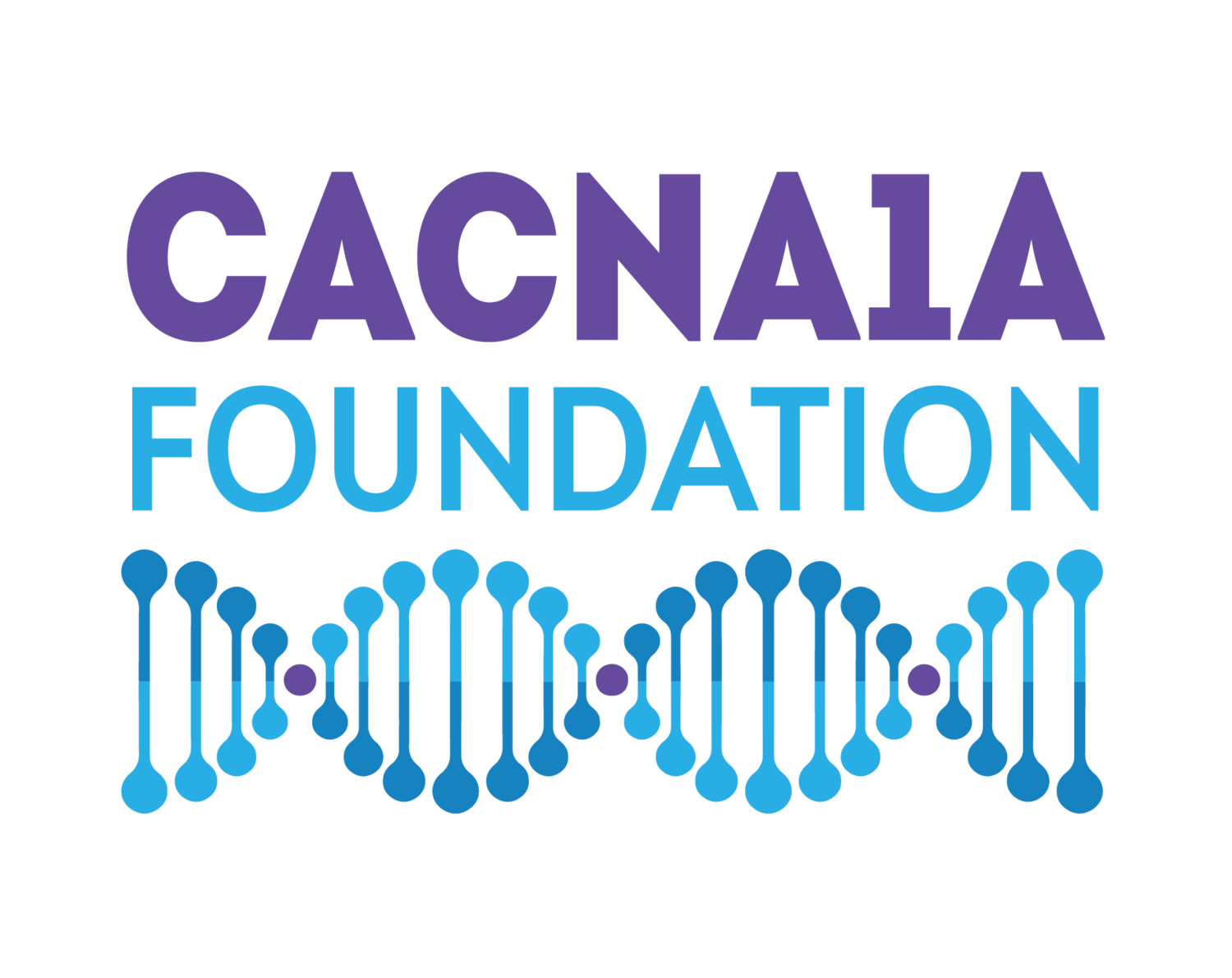Ireland’s Story
Our daughter, Ireland, is a long awaited dream come true. She has opened our hearts wider and grown our faith deeper than we could have ever imagined. Because of Ireland, our lives look much different than most families and we are so grateful that it does. Ireland loves carnival rides, cuddling, Paw Patrol, attending any type of party and being a big sister. She is an absolute sweetheart who has worked very hard for every milestone and continues to amaze us with her resilience.
Variant: c.4177G>A (p.Val1393Met)
Confirmed Gain of Function
History
At birth, Ireland had respiratory issues and was labeled a “jittery baby”, resulting in a brief NICU stay. After a number of tests, I will never forget a veteran NICU nurse who looked at me and said, “there’s something wrong, we just don’t know what.” She pulled Ireland’s tiny little arm and let go, saying a newborn’s arm wasn’t supposed to move that way. At the time, my untrained eye didn’t quite know what she was talking about. Since the doctors couldn’t find a medical reason to keep her, we brought our beautiful new baby home. Ireland had sleeping difficulties very early on. While the pediatrician and my mommy friends were full of advice about sleep training and not co-sleeping, my gut told me something wasn’t normal about Ireland’s sleep troubles. My gut proved to be right and Ireland had her first seizure at 6 months old while sleeping on my chest. I am so thankful she was not alone in a crib. After several hospital stays, we finally caught a seizure on EEG, received an epilepsy diagnosis and began a long, bumpy road with AEDs (anti-epileptic drugs). After ordering genetic testing and assessing Ireland’s movements, one of my favorite neurologists here in Atlanta looked at me and said “there’s something more than just epilepsy going on here.” We went home and began physical therapy because Ireland was not yet sitting up. Her genetics report came back showing a CACNA1A mutation. We added occupational therapy and speech therapy as Ireland began to show global developmental delays. Thanks to an excellent team of therapists and Ireland’s hard work despite her challenges, she always makes developmental progress. Ireland sat up at 9 months, began crawling at 15 months and took her first steps at 35 months. Ireland said her first word “bye-bye” and began waving at 12 months. She potty trained at 3.5 years old. Ireland ditched her floaties in the summer of 2020 and is learning to swim. We are so proud of her.
Ireland’s biggest challenge at this time is poor seizure control, despite trying a long list of AEDs, the Modified Atkins Diet and Epidiolex (CBD). She is prone to status epilepticus and stops breathing during her seizures, requiring rescue medications every single time. Her status episodes have resulted in intubation and extended intensive care hospital stays. She has had two significant hemiplegic migraines episodes, both of which she has made a full recovery from. One hemiplegic migraine episode cause complete left sided paralysis (temporary) and was initially thought to be a stroke. We realize how fortunate she is to not have sustained any structural brain damage on her MRIs from her severe seizures.
Diagnoses
CACNA1A –Associated Developmental and Epileptic Encephalopathy
Dravet Syndrome (This diagnosis has been helpful in helping others understand the severity of Ireland’s epilepsy)
Autism
Education
At 5 years old, Ireland’s therapies remain the most important aspect of her education. What is most beneficial to her is focusing on highly functional skills that will enhance her day to day life. In addition to PT, OT and Speech, we began ABA therapy just before Ireland’s 4th birthday and it has been the most beneficial therapy we have done. She receives 20 hours a week of home, clinic and community based therapy. I often tell people ABA therapy is the best IEP we could have. Frequent debilitating seizures and medication changes and side effects that affect mood and behavior make traditional schooling challenging. We don’t know what the future holds for her education, but currently, the best use of Ireland’s time is growing her communication, play, and social skills and increasing her independence.
Risks
Ireland is in the highest risk category for SUDEP (Sudden Unexpected Death in Epilepsy). She wears a pulse oximeter monitor any time she’s asleep and we still choose to co-sleep. We have at-home oxygen and utilize an Ambu bag during her seizures. The pulse-ox monitor, oxygen, Ambu bag and very close monitoring have saved her life more and protected her brain more times than I can count.
Ireland’s condition is neurodegenerative and she is expected to experience cerebellar atrophy.
For Those Newly Diagnosed
Every CACNA1A child is very different. We know of two other children with Ireland’s identical variant. Although they have so many striking similarities, they vary in abilities and development.
Always trust your gut. If something doesn’t feel right, don’t be afraid to investigate, ask questions or push back.
If you are unhappy with a professional in your child’s life (doctor, therapist), find a better fit sooner rather than later.


